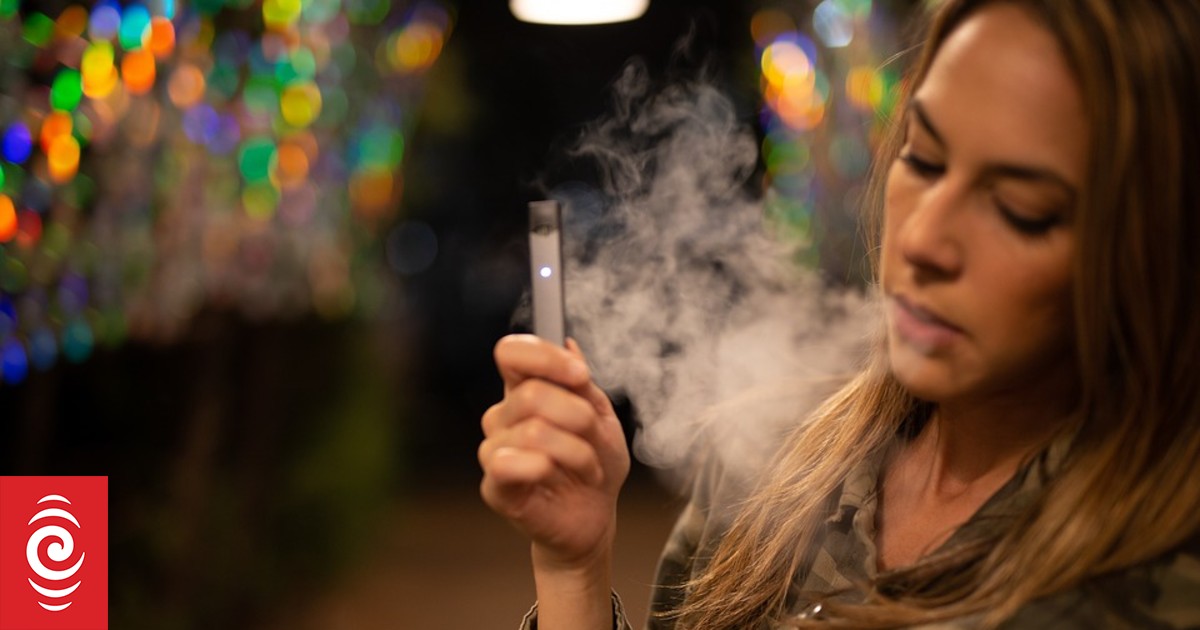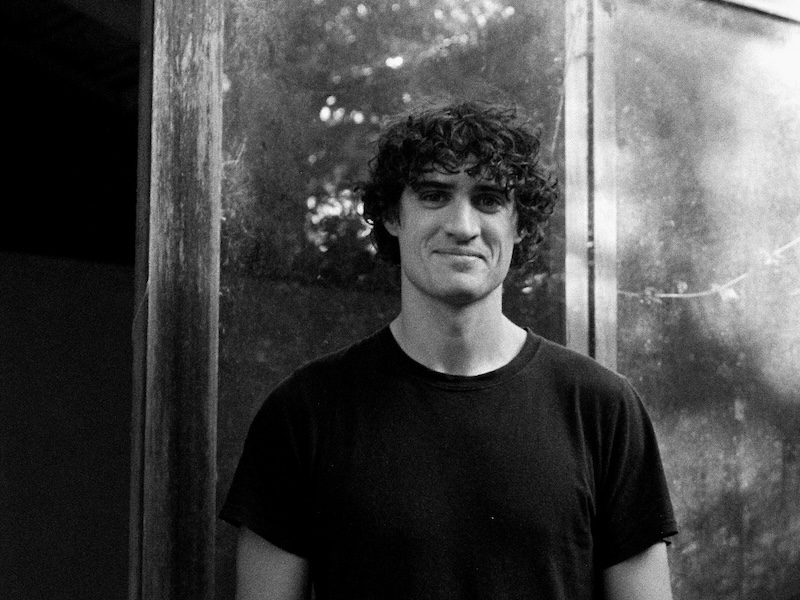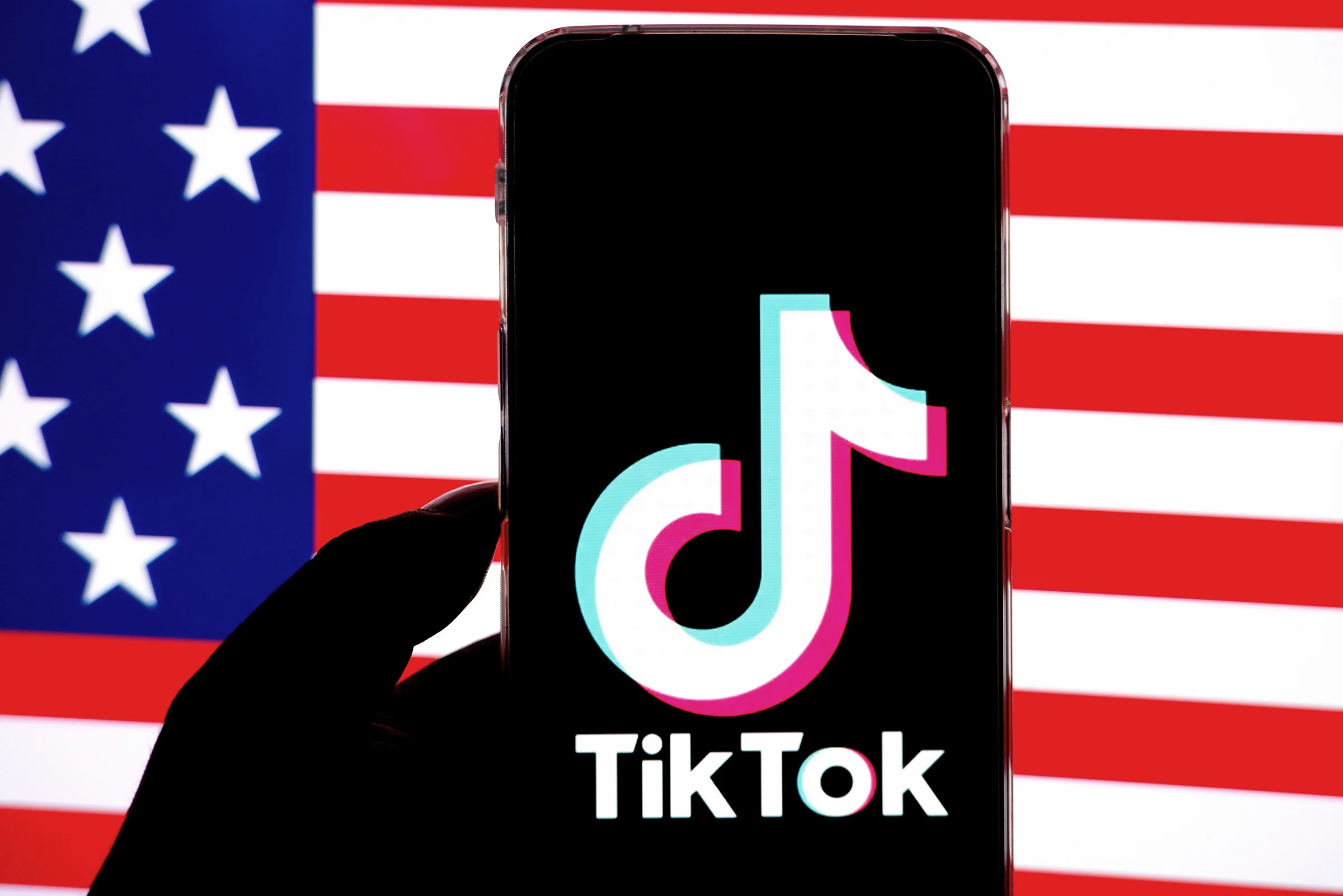The long-term health consequences of vaping are still unknown.
Photo: pixabay
Health advocates are relieved the government has admitted youth vaping is a problem.
The government is asking for feedback on proposed measures to crack down on the number of young people vaping.
They include new rules for packaging, flavour names, nicotine salt concentration and single-use product safety, as well as restrictions on the location of specialist vape shops.
Associate Health Minister Dr Ayesha Verrall said youth vaping rates are too high, and “we need to strike a better balance”.
Asthma and Respiratory Association chief executive Letitia Harding said it’s taken time for the government to realise that was a big issue.
She hoped the measures – if implemented – would help solve it, but said they needed to go further.
For example, the government proposed dropping the nicotine levels in single-use vapes from 50mg to 35mg – but that was still too high, Harding said.
“Really, all vapes, the nicotine levels should be capped to 20mg in line with the UK and the European Union.
“There’s no reason for it to be 3mg – 20mg is certainly sufficient for a pack-a-day smoker.”

Ayesha Verrall.
Photo: RNZ / Angus Dreaver
Harding supported vapes being used to help people quit smoking – but outside that, there were big health concerns, she said.
“For youth taking it up, the high levels of nicotine can lead to nicotine dependency.
“That’s what we’re hearing, you know. We’ve got parents calling us up saying their kids are waking in the middle of the night to have a vape, they’re vaping several times a day.”
Vaping affected young people’s brain development, attention and concentration – and studies showed negative effects on the lungs, heart and circulatory system.
The long-term health consequences were still unknown, she said.
Current law too weak?
But Coalition of Asia Pacific Tobacco Harm Reduction Advocates coordinator Nancy Loucas said the proposed measures wouldn’t be necessary if the government were harsher on retailers who sell vapes to people aged under 18, which is illegal.
“The problem with this entire package is we’re instituting restrictions based on an issue that can be solved via enforcement.
“If somebody sells to a youth, they get a warning.
“We need to move from warning now to giving them the actual fines and punitive measures that are within the regulations.
“I would like to see, okay, this place has sold to youth previously, they’ve been caught a second time, sorry, you can no longer sell these products.”
Loucas also wanted the Ministry of Health to better educate people that they should only vape in a bid to quit smoking, and that vaping was a healthier alternative to smoking.
“The more regulations, the more restrictions we add, the more of a chance that we don’t meet that Smokefree 2025 goal.”
The restrictions could be an issue for people who are using vapes to try and quit smoking, she said.
“They’re talking about restricting flavours because they’re enticing to youth. The problem is, the majority of adults who have used vapes to transition away from smoking have used flavours.
“They don’t want to use something that tastes like the thing they’re getting away from, such as tobacco, mint and menthol.”
The proposed measures only restrict flavour names – not the actual flavours – but that was a slippery slope towards restricting flavours too, said Loucas.





















Discussion about this post